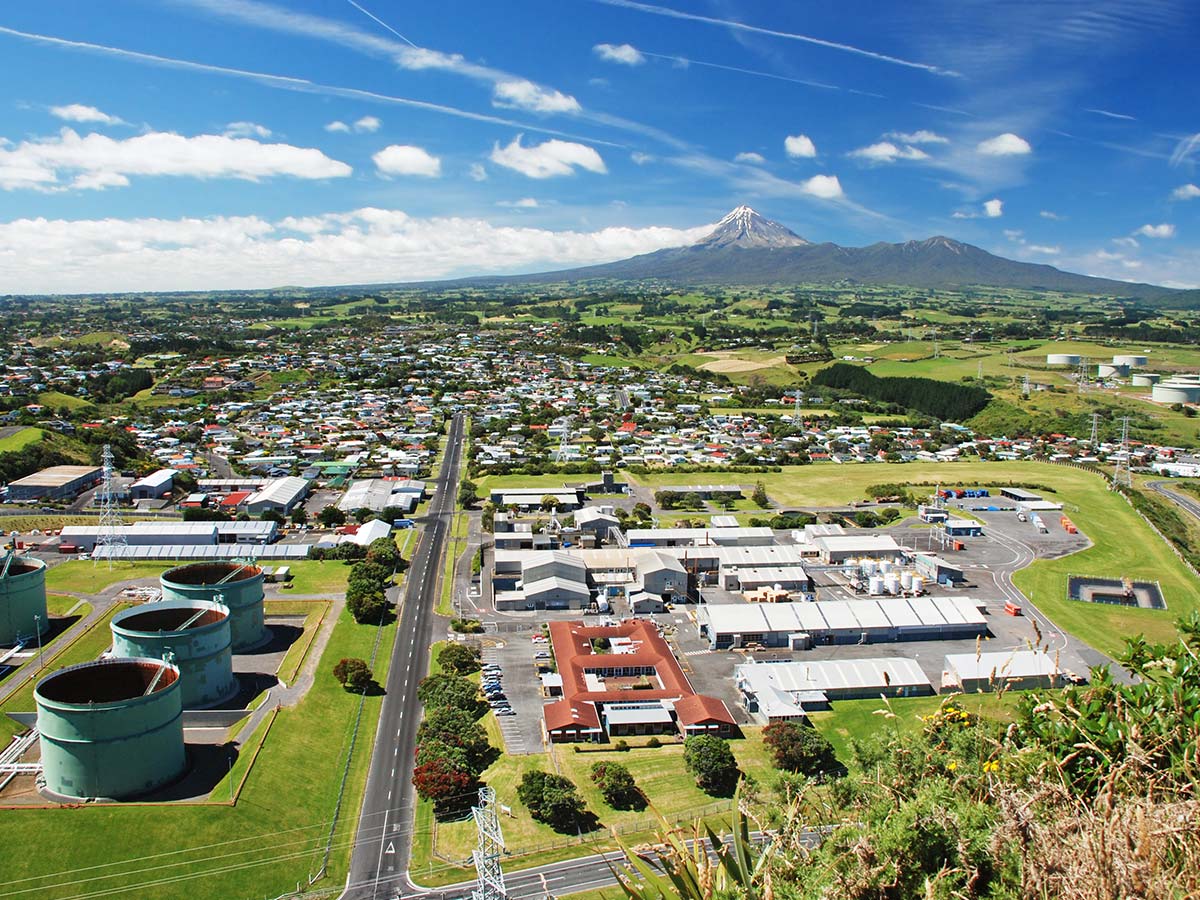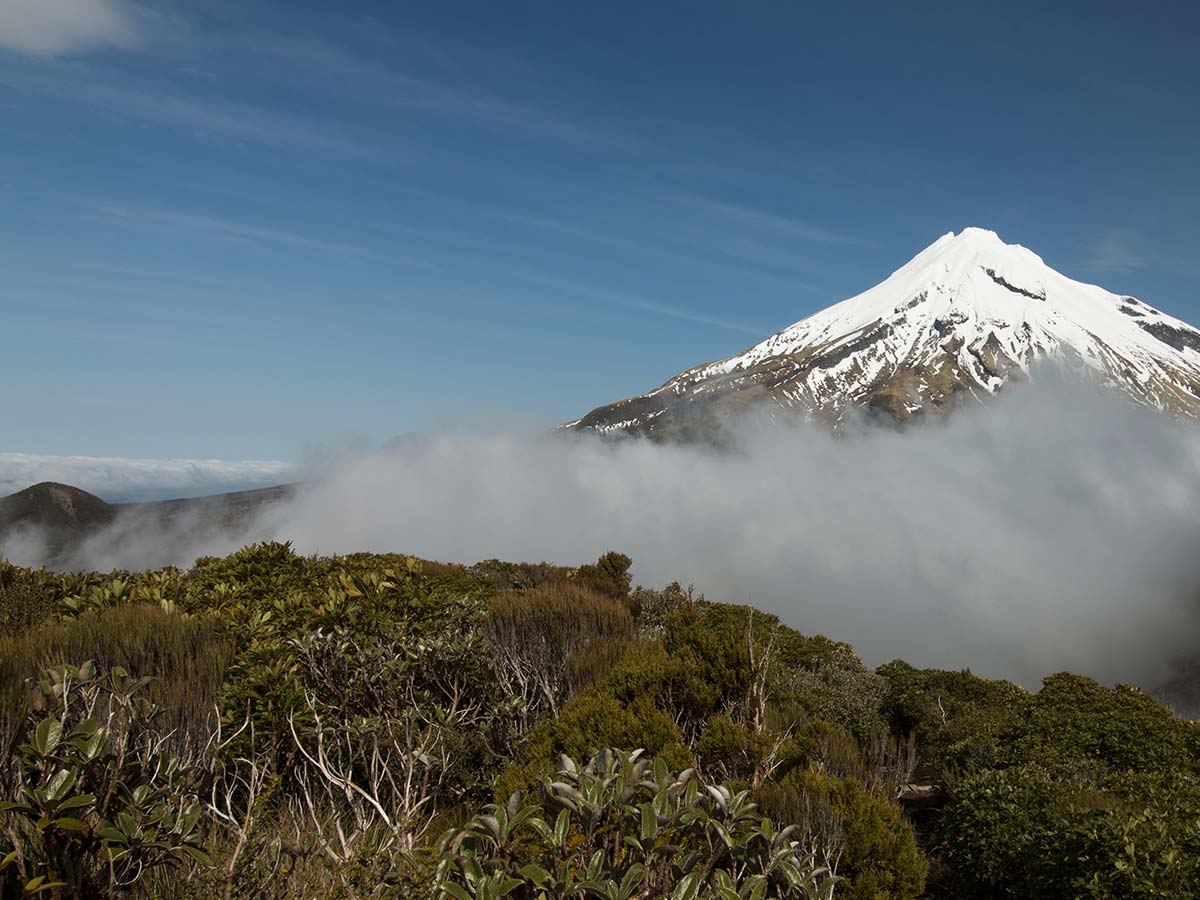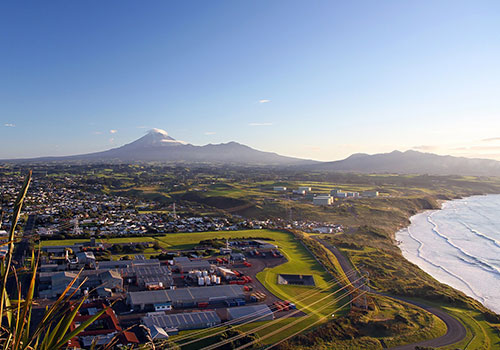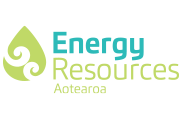Our neighbours
Oil and gas activity takes place mostly in and around rural communities in New Zealand, primarily Taranaki.
- In this section:
Regional and District councils play a central role in defining the day-to-day relationship between the oil and gas industry and it's immediate community. Ensuring that activity fits comfortably with our kiwi lifestyles is formalised, in large part, through the resource consent process.

Setting the boundaries - resource consenting
1
The Resource Management Act (RMA) - protecting our environment
The RMA is New Zealand's primary piece of legislation defining how the oil and gas industry interacts with it's neighbours, promoting the sustainable management of natural and physical resources such as land, air and water.
Delivering on the Act
Regional and District Councils are responsible under the RMA for managing the effects of activities on the onshore environment via the resource consent process.
Regional councils also have jurisdiction in the coastal marine area (out to 12 nautical miles offshore).
Resource consents are generally required under the RMA for oil and gas activity, depending on the rules in regional and district plans. To plan rules for the oil and gas sector vary from plan to plan in the same way they do for other sectors.

Regional councils
The provisions in regional plans that are likely to be of most relevance to petroleum-related activities are:
- water takes
- discharges to water
- stormwater treatment and discharge
- discharge of contaminants to land (e.g. fracking or waste injection)
- discharges to air
- earthworks
- natural hazards, and
- the storage and management of hazardous substances
To explore the range of monitoring reports made to Taranaki Regional Council between 1 August 2014 - 31 August 2016, click below.

District Councils
The provisions in district plans that are likely to be of most relevance to petroleum-related activities are land-use consents for:
- well sites
- production stations
- pipelines
- the control of noise and light spill
- traffic generation and traffic management, and
- the transportation, storage and use of hazardous substances
Each resource consent application is assessed on its own merits in terms of whether it should be approved or not, and what notification will be undertaken.

Notified versus non-notified
2
Resource consents are not always required to include public notification.
Non-notified consenting is common in the consenting process of councils nationwide, and is not unique to consenting oil and gas projects.
Non-notified consenting also does not necessarily mean the public (and/or iwi) are excluded from the consenting process.



